It’s easy to fall in love with glitter, and most of us probably did so when we made that first glitter craft before we were even old enough to read. Glitter is a cheap, colorful craft supply with endless variety to entertain crafters from preschoolers to professionals.
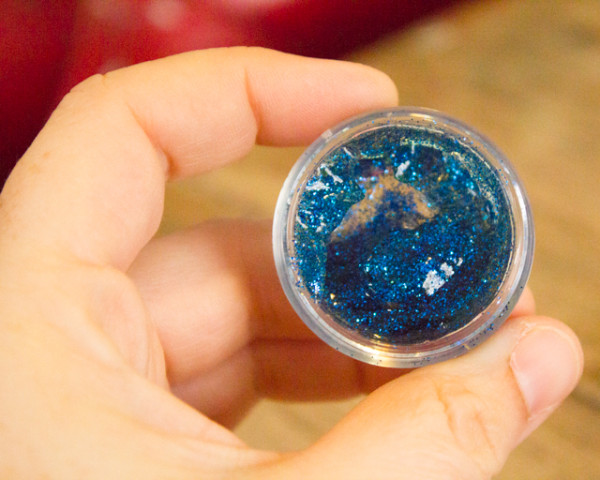
Even CAGW has fallen for Big Glitter! When my little kid longed for body glitter, I was concerned about what chemicals her skin might absorb from the carrier gel, not the impact that my glitter craft would have on the environment. So I made her DIY body glitter from aloe vera gel… and glitter. When I wanted to refurbish some old wooden clothespins to make them cute enough to hang photos in my living room, I dyed them with liquid watercolors… and embellished them with glitter.

Those projects were *almost* eco-friendly… other than the fact that glitter crafts are TERRIBLE for the environment.
Why Glitter Crafts are Bad for the Environment
Glitter crafts are bad for the environment because glitter is plastic. It’s PET, but it’s not the “good” kind of PET, because it’s not large enough to “recycle” (I’m using irony quotes because plastic recycling is a greenwashed gimmick, but that’s another rant for another day).
Glitter is actually the worst kind of plastic, because not only is it so small that you can’t even pretend to recycle it, but it’s so small that it can get washed down drains. It’s small enough to count as those fearsome microplastics that leach into our soil and water and bodies without restraint because we can’t see them to stop them.
We crafters often get the brunt of the blame for unsustainable materials–our resin crafts are killing the planet! Paint chip crafts aren’t actually upcycling! Vinyl is literally the worst! But as usual, there’s generally some big industry secretly and quietly using way more of the same unsustainable supplies in way more unsustainable ways.
For glitter, apparently boat manufacturers are the real Big Baddies!
However, individuals still have the personal responsibility to maintain an eco-friendly lifestyle, and that includes shunning the few VERY overpriced grams of shiny plastic that we put on our greeting cards and mix into our slime.
Commercial Alternatives to Glitter
There ARE some commercial alternatives to conventional glitter, but those, too, can be problematic. Biodegradable glitter, for instance, is created from cellulose, usually eucalyptus, and coated in aluminum. Sometimes even this glitter also has plastic, though, so you have to research carefully before you buy, and some scientists have found in limited experiments that this biodegradable glitter also has negative effects on a watershed’s health when it ends up there.
Another interesting store-bought glitter alternative is mica. The good news is that mica is a completely plastic-free alternative. The bad news is that the mining of mica is rife with human rights violations, including the use of child labor.
Synthetic mica is an alternative that’s not mined, but instead created in a lab. That could be okay, or it could mean the use of processing chemicals that themselves end up in the water system. You’ll have to dig deeper than I am here to see if you’re comfortable with the processing method. If you’ve already done that research, please pop into the Comments and let us all know!
DIY Alternatives to Glitter
Y’all know by now that I’m pretty much always going to tell you that DIY alternatives are the best. I always mean it, but in this case I really, really, REALLY mean it!
For alternatives to glitter crafts for kids, consider that kids don’t really need the sparkle of glitter to have a fabulous time creating art. What kids like is the sensory activity of gluing, mosaic-making, and, let’s be honest here: mess-making!
Kids can get the same enjoyment, and strengthen their fine-motor skills and artistic sensibilities, from all kinds of natural alternatives. An assortment of different kinds of dried beans provides plenty of variety in color to play with. But if you want your kid to have rainbow colors to play with, both dried rice and dried pasta take food coloring like absolute champs. And all the different pasta shapes give you even more fun variety!
For adult crafts, you can sacrifice the sparkle but keep the color by substituting colorful paper. You can get loads of glitter substitutes by hole punching even your smallest paper scraps. Magazines and catalogs headed for the recycling bin give you tons more alternatives, as do greeting cards and old kid artwork.
If you super need the sparkle, you can hole punch aluminum foil the same way you do paper. I’ve even heard that doing so sharpens the edges of the hole punch, giving it better performance and longevity, although I haven’t verified this for myself.
It sucks to have to give up something so pretty, versatile, and useful (especially when apparently the boat-making industry is constantly sucking up absolute fathoms of glitter while not even telling anyone!). I’m confident, however, that we crafters can ditch conventional glitter crafts and still have a colorful–and even more sustainable!–world.

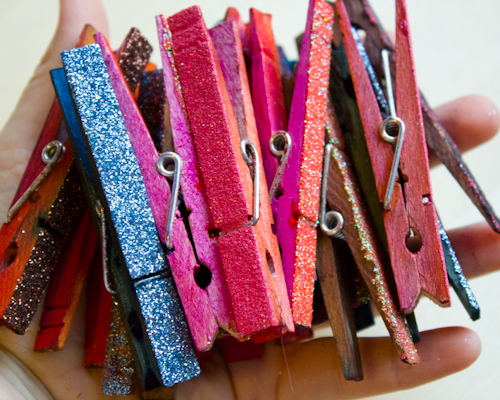
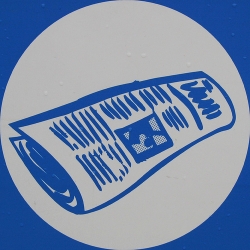


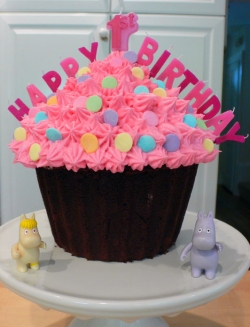
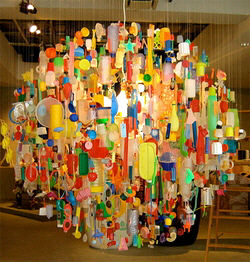
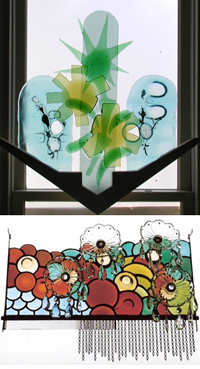

I buy glass glitter. You can find it easily buy searching “glass glitter” online. You would need to make sure it’s safe for children by reading the manufacturer’s notes or calling them, for each product. 32North craft supplies has German glass glitter that is absolutely gorgeous. I wouldn’t imagine that any glitter, whether plastic or other textiles, would be good if ingested. It is not as cheap as plastic glitter that is sold in stores, however, it is very special and could be taught to be special and not something easily consumed. ETSY has numerous sources of glass glitter. I have purchased some in Michael’s as well. I regret having bought the plastic, cheap glitter than I have. The beautiful German glass glitter is well worth the price, in my opinion.
Glass glitter is an awesome suggestion, thanks! I am off to Google this immediately!
There are so many naturally occurring stones that shed their shiney bits as much as plastic glitter. An old school mortar and pestle can do wonders with small stones found locally.
You can also use colored decorator sugar, depending on the project.